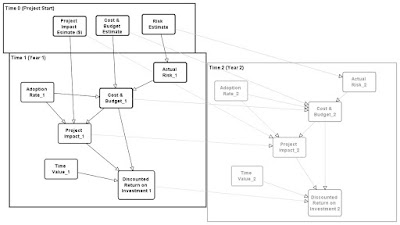Proper use of statistics and probabilistic reasoning has the potential to improve dramatically the efficiency, transparency and fairness of the criminal justice system and the accuracy of its verdicts, by enabling the relevance of evidence – especially forensic evidence - to be meaningfully evaluated and communicated. However, its actual use in practice is minimal, and indeed the most natural way to handle probabilistic evidence (Bayes) has generally been shunned.The first workshop (30th August to 2nd September 2016) that is part of our 6-month programme "Probability and Statistics in Forensic Science" at the Issac Newton Institute of Mathematics Cambridge directly addresses the above assertion and seeks to understand the scope, limitations, and barriers of using statistics and probability in court. The Workshop brings together many of the world's leading academics and pracitioners (including lawyers) in this area. Information on the programme and how to participate can be found here.
A new review paper* "Bayes and the Law" has just been published in Annual Review of Statistics and Its Application.
This paper reviews the potential and actual use of Bayes in the law and explains the main reasons for its lack of impact on legal practice. These include misconceptions by the legal community about Bayes’ theorem, over-reliance on the use of the likelihood ratio and the lack of adoption of modern computational methods. The paper argues that Bayesian Networks (BNs), which automatically produce the necessary Bayesian calculations, provide an opportunity to address most concerns about using Bayes in the law.
*Full citation:
Fenton N.E, Neil M, Berger D, “Bayes and the Law”, Annual Review of Statistics and Its Application, Volume 3, pp51-77, June 2016 http://dx.doi.org/10.1146/annurev-statistics-041715-033428. Pre-publication version is here and the Supplementary Material is here.

